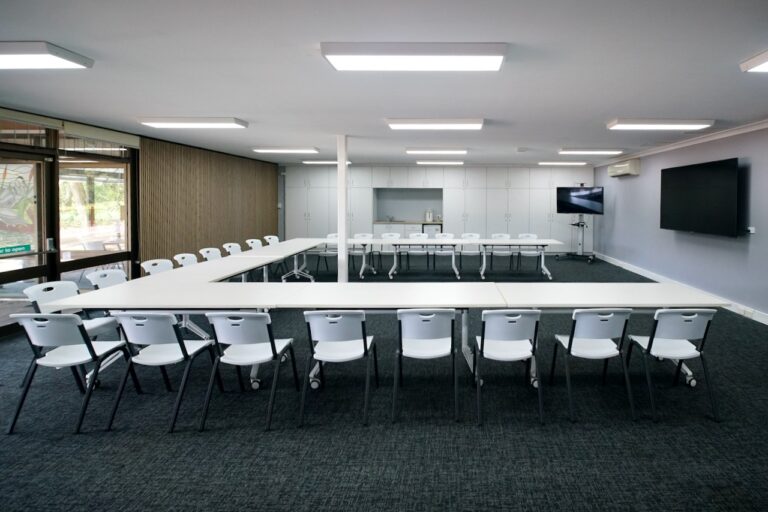When work is defined by long days sitting in front of a computer at home or in an office, you can easily forget the impact desk-based jobs can have on your health. By introducing some physiotherapy techniques, you can prevent injury, boost wellbeing, and increase productivity – all from the comfort of your own home or workstation.
The most common complaints associated with desk-based jobs include disorders of the neck, shoulders, and lower back. If we sit for prolonged periods of time, in a hunched position, the muscles over the chest become tight and our back becomes sore. This is the result of engaging in a poor ergonomic set-up. Long computer sessions can also increase our risk of developing wrist and shoulder issues such as carpal tunnel syndrome.
Why home physio?
Traditionally when we think of physiotherapy, we think of treatment utilising massage and joint manipulation. But physio is also about body management and prevention of future injuries, which is where physiotherapy at home and in the office can benefit you.
A great thing about physiotherapy is it draws on the body’s normal function. And from an injury prevention perspective, it makes sense to follow the below basic recommendations for creating a safe working environment.
Easy tips for mastering physiotherapy at home and in the office
Ergonomics
Introducing an ergonomic set-up has been shown to be the most effective intervention to reduce musculoskeletal disorder symptoms. When setting up your workstation you should ensure:
- You have a seat which supports the natural curves of your spine
- Your chair height is appropriate to ensure feet are flat and supported on the floor
- The monitor is set up so that the top line of text on the screen is at resting eye level
- When using your keyboard, have your arms parallel to the floor with your wrists in a neutral position
- If using a laptop for long periods of time, use a separate mouse and keyboard. Pick one that will allow you to position the screen so the top line of text is at eye level
Alternate between sitting and standing
If you can, it’s always best to alternate between working from sitting and standing positions. At home, use your kitchen bench and stack some books below your laptop to ensure it’s at eye height. In the office, request a desk that can alternate between sitting and standing if possible.
Standing desks have many benefits. Working in this position can help to reduce hip flexor tightness and lumbar spine compression, which is often associated with sitting for extended periods of time. Ideally, alternate between sitting and standing every 30 minutes. If you can’t, try to add some physical movement to your day.
Keep moving
Take regular breaks. Working in any position for an extended time causes muscle fatigue and discomfort, so go for a walk, get some fresh air, and reset. Incorporate some stretches at your desk to decrease joint stiffness, muscle tightness, and improve postural awareness.
Now you try!
I believe physiotherapy is a key tool for overall wellness and should be incorporated regularly into your life. Plus, with additional professional physiotherapy you can start to see how one small frequent step can impact your life.
So how did these tips work out for you? Let us know in the comments!
Carly Stewart is a trained Occupational Therapist and the Director of Beyond Boundaries Rehab. She pursues innovative technology and flexibility tools, to encourage growth and development of both clients and colleagues.






